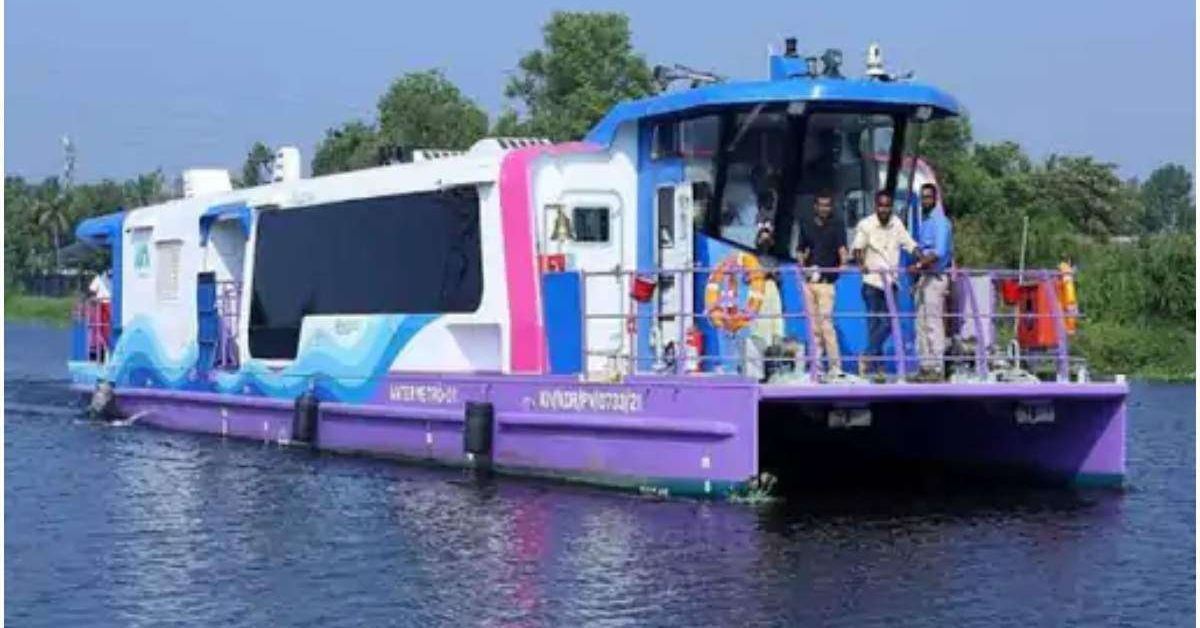In a bid to diversify Chennai’s transportation ecosystem and amplify its tourism potential, the Chennai Unified Metropolitan Transport Authority (CUMTA) is assessing a bold new proposal: a water metro system inspired by Kochi’s successful model. As part of the city’s Comprehensive Mobility Plan, CUMTA has outlined a 53-kilometre water-based transit corridor connecting East Coast Road (ECR) to Napier Bridge. Designed to harness Chennai’s coastal and inland waterways, the project aims to offer a sustainable and scenic alternative to road-based travel.
As part of its broader efforts to promote low-emission transportation and ease road congestion, CUMTA is considering the deployment of electric or hybrid ferries for its planned water metro corridor. A detailed feasibility study is currently underway to evaluate navigability, environmental impact, and overall cost-efficiency of the initiative.
While the concept of water-based transit isn’t new to Chennai, past proposals over the last decade have consistently focused on rejuvenating vital waterways, including the Adyar and Cooum rivers, Buckingham Canal, and the Kosasthalaiyar river. Notably, a comprehensive project report had previously been prepared under the National Waterways initiative, aiming to incorporate parts of National Waterway 4 (NW-4) into an inland water transport framework.
The renewed interest in leveraging these aquatic arteries could mark a turning point for Chennai’s urban mobility, blending heritage, sustainability, and innovation.
Despite previous setbacks caused by pollution, encroachments, shallow waterways, and irregular flow, officials remain optimistic about the success of Chennai’s proposed water metro. They assert that hard-learned lessons will guide the project forward, with a renewed emphasis on sustained river restoration, investment in low-draft ferries and terminals, and seamless connectivity with Chennai’s existing metro and bus systems.
The broader Centre-backed National Waterway 4 (NW-4) initiative—which spans 1,078 km across Tamil Nadu, Andhra Pradesh, Telangana, and Puducherry—has seen sluggish progress in recent years. However, officials believe the resurgence of interest in urban water transit could breathe new life into portions of NW-4, especially when framed within a unified and strategic mobility plan.
This vision blends ecological responsibility with innovative infrastructure, hinting at a future where Chennai’s waterways once again become vibrant arteries of movement and connection.









